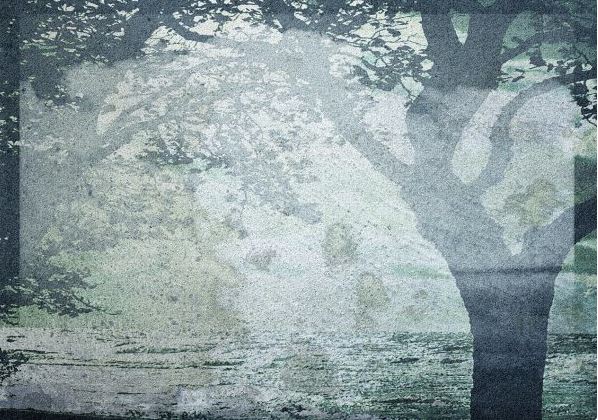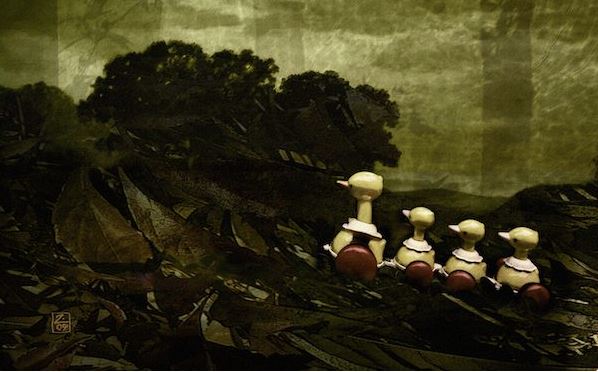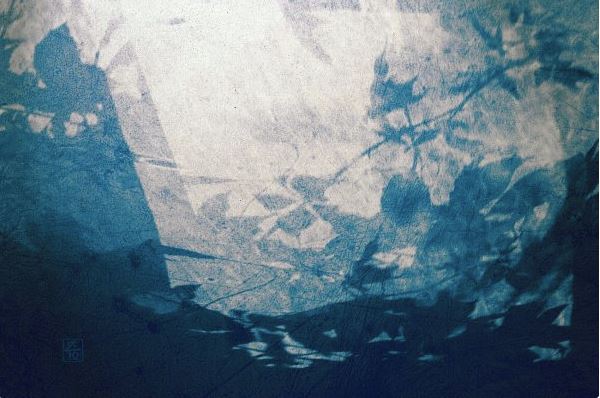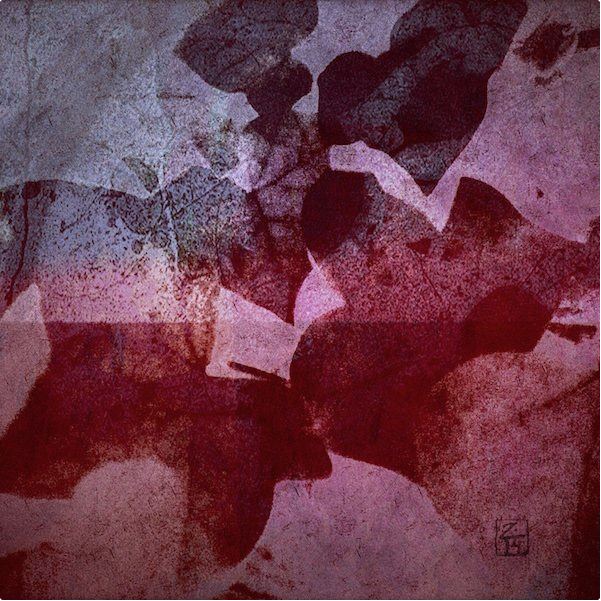
Intervju publicerad i ”STATE OF THE ART – CREATUBBLES” (2016).
Artist interview: Zigge Holmgren part I
By Zigge Holmgren | October 4th, 2016
We caught up with Swedish artist, Zigge Holmgren who integrates nature and technology to create his wonderfully unique style of art. Zigge explores his impetus for developing this particular form and the important role “play” has in shaping his artwork.
Can you tell me a little bit about your background in art? What made you first interested in it?
As a kid I did my best stuff. It will never get better. My teacher was very religious and she forced us to learn psalms and draw biblical subjects. Though eccentric, she really got me interested in this world of wonders. I still love those drawings with wax crayons. I think artists strive their whole lives to get back to that direct expression of the child they were.
When my daughter was young, I persuaded the teachers in her pre-school to frame and exhibit the kids’ work. Then something happens later in school, where competition and grading students’ skill eventually destroys young souls.
When I was in middle school, one teacher took us to an exhibition of Toulouse Lautrec and I had a kind of revelation – “this is what I want to do!” However, I had my own lab and struggled with chemistry for a long time as a career. That is, until I ended up in the art classroom and quit chemistry for good! When you stop doing what’s expected of you, it’s time for adventure! So, eventually you end up being an artist as a kind of compensation for something. For most (or maybe all) of us, our egos and what we believe to be our identity is often built on this “compensation” — not necessarily what we had talent for or were intended for!
by Zigge Holmgren
You’ve developed and created your own style of art. Can you tell us a bit about the technical aspects of it?
I don’t think that anyone has ever been that unique. We imitate and put the things that we like together. Before art schools, I attended a two-year photography school. I later studied film. I was also into computers in the early 90’s. After many years of painting with oil, using and cleaning my hands with white spirit and turpentine, I developed an allergy and couldn’t continue. But, the transition to working with computer imaging software was seamless.
I have never missed the oil painting. I found out that all my abilities, which emanated from studies, and what I really liked doing now merged. The day I found out I could print my work on canvas, it made the whole chain of earlier ideas realizable — something I never really got out from oil painting. The joy and satisfaction of the whole process, the printing and the ability to hold the digital work physically in my hands actually benefitted my — I hesitate to use this word — creativity. I’d rather use the less ambitious and somewhat forgotten word of “fantasy.”
I’m also fond of the expression of “playing around.” I think play has a lot to do with going somewhere, forward if you like. So, that’s how I work. I’m all over the place, my house, my garden, I’m constantly on. Somebody said I am like Monet with his park and lily pond.
by Zigge Holmgren
Where does the inspiration to create your style of art come from?
As I said, I just play around. The original meaning in latin means “ensouled,” and yes, that is what we artists are fiddling with. I don’t sit around waiting for “inspiration,” it simply doesn’t work that way. Play is the way to get around the concept of hard work.
A physician I visited once said to me, “Isn’t it so, that artists paint because they can’t stand hearing their own thoughts and that it has nothing to do with talent!?” He had a triumphant look on his face, as if he had revealed the whole artistic myth. He might have been partly right, but I never went back to him.
I think that talent might have the opposite effect than expected. If something comes easy, it won’t be as good. Artists often purposely attempt to “get around” or avoid the stylish and impressive — to be sort of “bad.” Well, that certainly is what I do, I don’t know why. Somewhere along the line I think have been hurt. Quite a few of us have been — and that takes us back to the theory about “compensating.”

by Zigge Holmgren
So nature, yes, it’s always perfect in its chaos. Chaos lives as a neighbor to God. In order to obtain the chaos needed, I normally take photos and then destroy them, at least torment them… often to something informal. I love the expression “informal art.” It is as if it is some sort of a daily joyful, murder of beauty. Almost casual.
I often use bad photos that I’ve shot — aimed for the trashcan — and then try to get something out of them. I know there’s something there. I filter, tear up and smudge things. I layer on other surfaces from pictures I’ve shot on walls and such. The whole process is too complicated and different to get into, really. I work on the picture, now no longer a photo, until I’m satisfied. I turn every stone until it has some soul, perhaps some beauty.
But when I’m there, I can’t really say what it is. I can, however, honestly say that I don’t know what I’m doing. I like to believe it’s some kind of universal code, the biology of purpose. Something in between the lines. Then, I eventually sell it to someone that feels the same for some obscure reason. What that is, we still don’t know. But it’s definitely something. And it was all play, all along, inspired or not. After all, that what it’s all about, right?
Want to see more from Zigge Holmgren? Take a look at part II of the interview. You can also visit Informal Art on Facebook.






